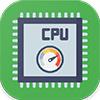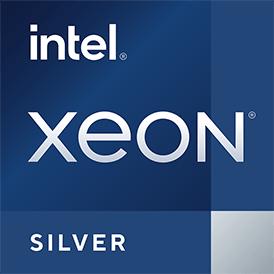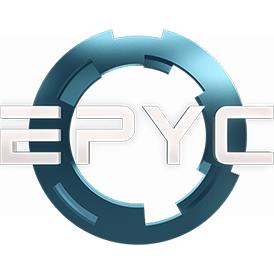 Estimated results for PassMark CPU Mark
Estimated results for PassMark CPU Mark
|
|
AMD EPYC 7313
16C 32T @ 3.0 GHz
|
40607
|
|
|
Intel Xeon Silver 4314
16C 32T @ 2.4 GHz
|
29359
|
 Geekbench 5, 64bit (Multi-Core)
Geekbench 5, 64bit (Multi-Core)
|
|
AMD EPYC 7313
16C 32T @ 3.0 GHz
|
18665
|
|
|
Intel Xeon Silver 4314
16C 32T @ 2.4 GHz
|
16689
|
 Geekbench 6 (Single-Core)
Geekbench 6 (Single-Core)
|
|
AMD EPYC 7313
16C 32T @ 3.0 GHz
|
1736
|
|
|
Intel Xeon Silver 4314
16C 32T @ 2.4 GHz
|
1596
|
 Geekbench 5, 64bit (Single-Core)
Geekbench 5, 64bit (Single-Core)
|
|
AMD EPYC 7313
16C 32T @ 3.0 GHz
|
1371
|
|
|
Intel Xeon Silver 4314
16C 32T @ 2.4 GHz
|
1209
|

